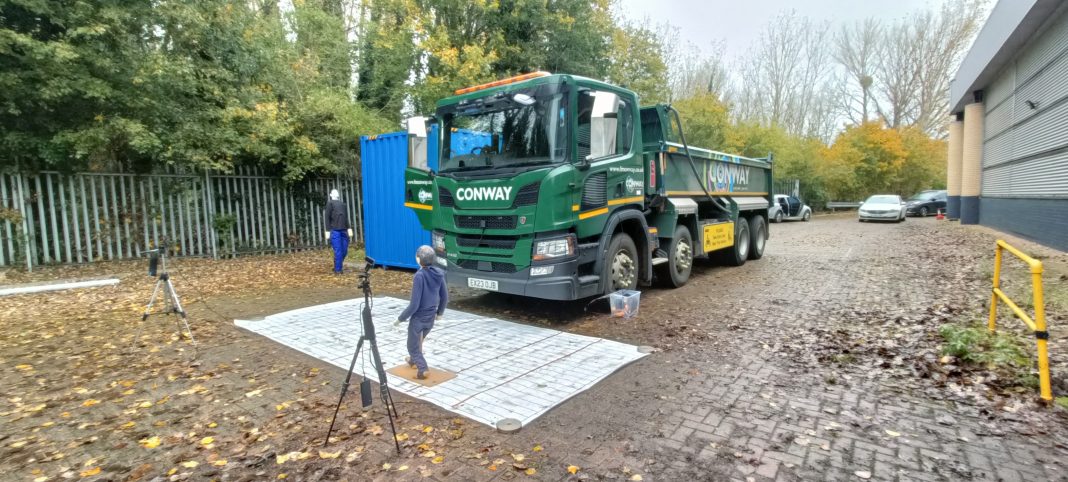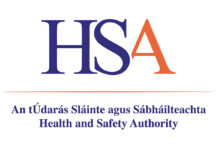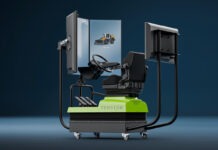Brigade Electronics has had products independently tested to meet the requirements of the Direct Vision Standard (DVS) Phase Two.
Changes to the DVS from October 2024 include an increased star rating from one star to three stars. If operators fall short of the minimum star rating, they must fit extra equipment to minimise blind spots. Previously the scheme for fitting extra safety equipment was called the safe permit but in October 2024 it will become the Progressive Safe system (PSS).
As well as more stringent requirements for operators, Transport for London (TfL) has also increased the responsibility for original equipment manufacturer (OEMS) and component manufacturers, such as Brigade Electronics, to demonstrate the quality of devices for indirect vision.
One of these requirements includes conducting a test as laid out in the PSS technical specifications for both the side detection systems or Blind Spot Information Systems (BSIS) and front detection or Moving Off Information Systems (MOIS).
The specification states that the tests do not need to be done by a third party. However, Brigade Electronics, who takes its quality extremely seriously, wanted to have its BSIS and MOIS solutions independently verified, which will also increase the validity of claims that a product is certified to the latest DVS standards.
Brigade presented products for testing to Loughborough University including Sidescan® Predict for rigid vehicles and Radar Predict for both rigid vehicles and articulated vehicles, also enabling coverage of the trailer. In addition, Brigade’s Front Radar was tested for the MOIS solution.
The PSS testing involved a static vehicle with detection zones mapped out around the vehicle. A vulnerable road user and cyclist were used to pass by the vehicle at multiple specified speeds on the nearside of the vehicle and at specified lateral distances from the vehicle edge.
Compliance with the distance and speed were demonstrated using calibrated and traceable measuring equipment and via markings on the test area which were evidenced in video documentation.
One of the key pass indicators in the test is that all the sensors should provide an alert when the VRU is in the coverage area. For instance, if any of the sensors fail to provide an alert, the system would not pass the required standard.
Based on the vehicle presented, Loughborough University provided a test report to confirm that Sidescan® Predict and Radar Predict had passed the requirements to meet the PSS specifications for BSIS and Front Radar for MOIS.
Manufacturers must also provide a sensor functionality statement that operators must upload when applying for their PSS permits. The sensor functionality statement sets out basic functions that systems must meet in accordance with the technical specifications. These requirements include a specific alarm strategy based on time to collision, the minimisation of false alerts and how the system must be active regardless of indicator selection.
For more information visit www.brigade-electronics.com or call 01322420300.








